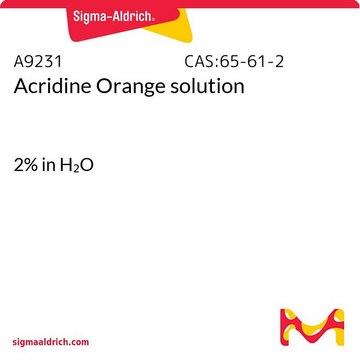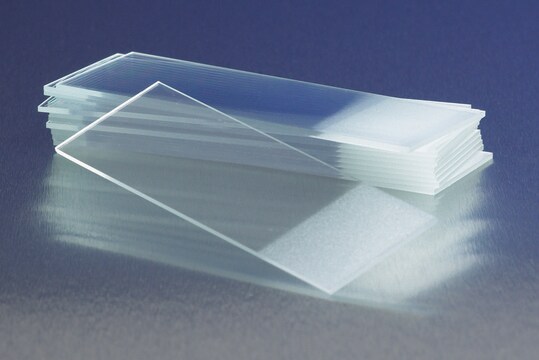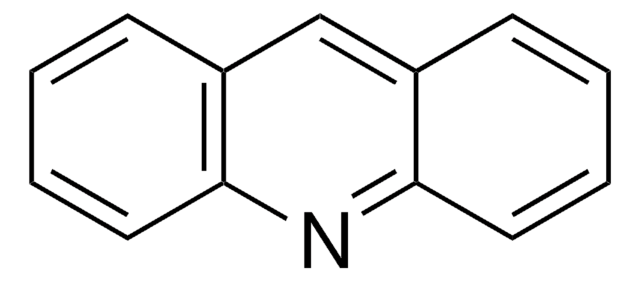A8097
Acridine Orange hydrochloride solution
>95.0% purity (HPLC), solution
Synonyme(s) :
3,6-Bis(dimethylamino)acridine hydrochloride
About This Item
Produits recommandés
Nom du produit
Acridine Orange hydrochloride solution, 10 mg/mL in H2O, ≥95.0% (HPLC)
Niveau de qualité
Essai
≥95.0% (HPLC)
Forme
solution
Concentration
10 mg/mL in H2O
Technique(s)
microbe id | staining: suitable
Couleur
orange to red
εmax
47-54 at 486-492 nm in water
Application(s)
diagnostic assay manufacturing
hematology
histology
Température de stockage
room temp
Chaîne SMILES
Cl[H].CN(C)c1ccc2cc3ccc(cc3nc2c1)N(C)C
InChI
1S/C17H19N3.ClH/c1-19(2)14-7-5-12-9-13-6-8-15(20(3)4)11-17(13)18-16(12)10-14;/h5-11H,1-4H3;1H
Clé InChI
VSTHNGLPHBTRMB-UHFFFAOYSA-N
Vous recherchez des produits similaires ? Visite Guide de comparaison des produits
Application
Actions biochimiques/physiologiques
Mention d'avertissement
Warning
Mentions de danger
Conseils de prudence
Classification des risques
Muta. 2
Code de la classe de stockage
12 - Non Combustible Liquids
Classe de danger pour l'eau (WGK)
WGK 2
Point d'éclair (°F)
Not applicable
Point d'éclair (°C)
Not applicable
Équipement de protection individuelle
Eyeshields, Gloves, multi-purpose combination respirator cartridge (US)
Faites votre choix parmi les versions les plus récentes :
Déjà en possession de ce produit ?
Retrouvez la documentation relative aux produits que vous avez récemment achetés dans la Bibliothèque de documents.
Les clients ont également consulté
Notre équipe de scientifiques dispose d'une expérience dans tous les secteurs de la recherche, notamment en sciences de la vie, science des matériaux, synthèse chimique, chromatographie, analyse et dans de nombreux autres domaines..
Contacter notre Service technique









